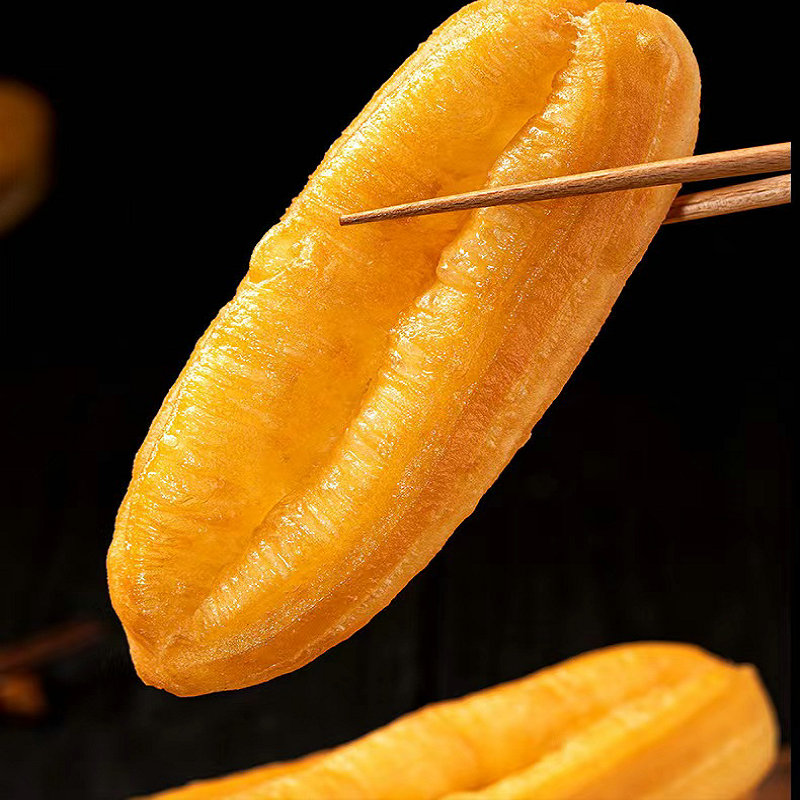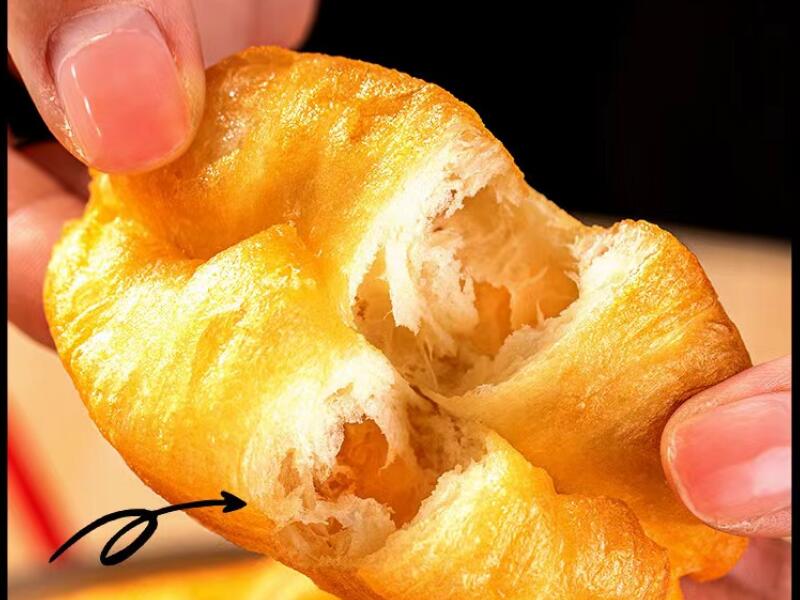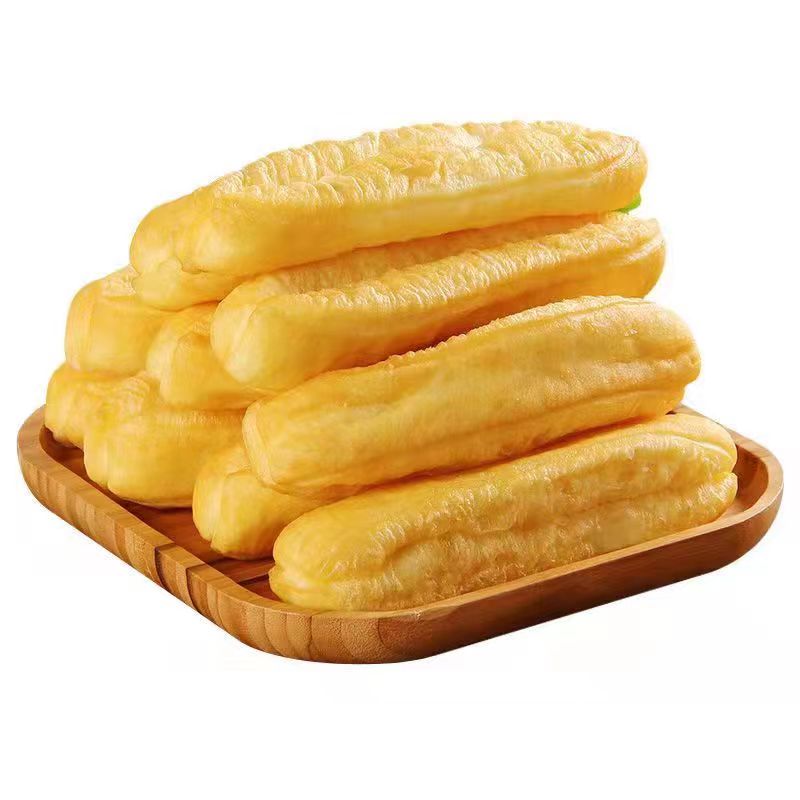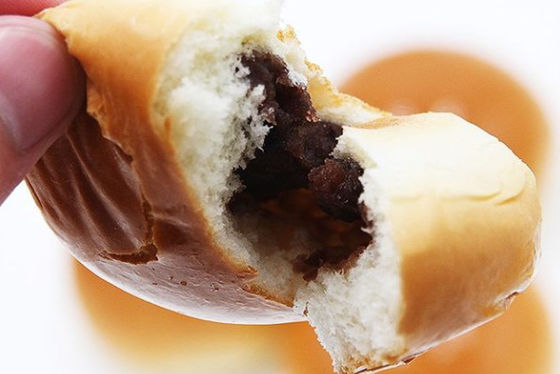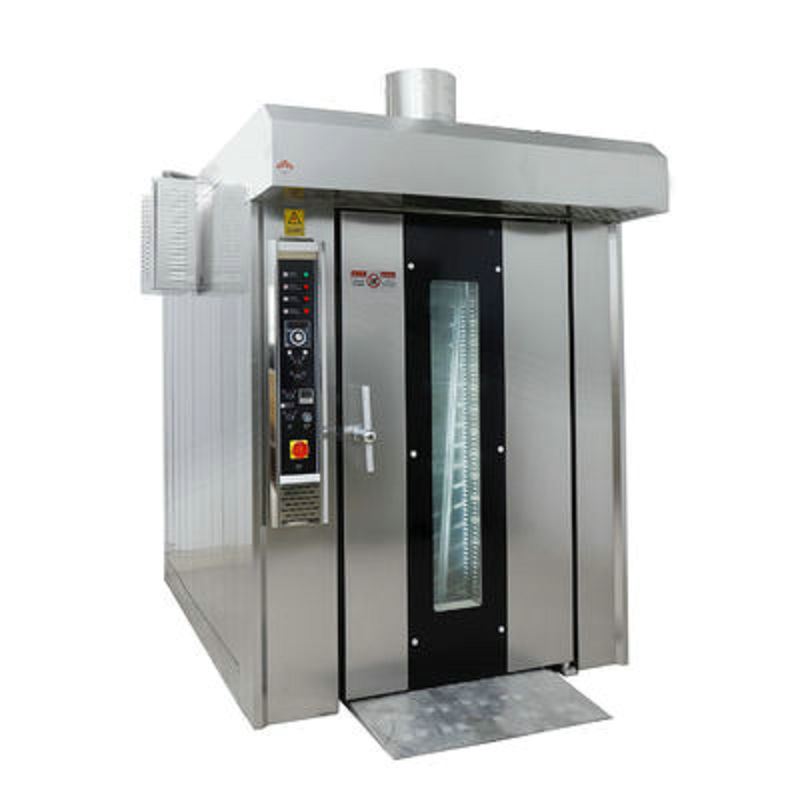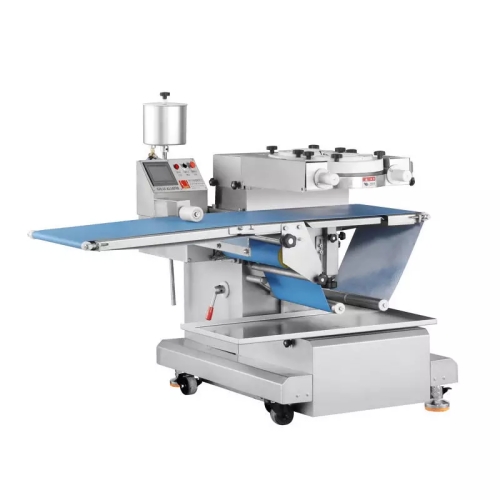1.Scope
This standard specifies the method of using a pilling box to determine the degree of pilling of fabrics without pressure.
Comply with standards: GB/T 4802.3-1997 replaces GB 4802.3-84. This standard is applicable to most fabrics, and is more suitable for wool needle woven fabrics.
2. Reference standards
The provisions contained in the following standards constitute provisions of this standard through reference in this standard. At the time of publication, the editions indicated were valid. All standards are subject to revision and parties using this standard should explore the possibility of using the latest version of the following standards. GB6529-86 Standard atmosphere for humidity conditioning and testing of textiles GB8170-87 Numerical rounding rules
3.definition
This standard uses the following definition.
3.1 Pilling After friction, the fiber ends of the pilling fabric protrude from the surface and become entangled with each other to form small balls of fluff.
3.2 Pilling resistance The ability of the fabric to resist pilling.
4.principles
According to the specified method and parameters, put the fabric sample on the polyurethane plastic tube and put it into a rotating square wooden box lined with rubber cork for rolling. Under specified lighting conditions, compare the rolled sample with the standard sample to evaluate the pilling grade.
5.devices
5.1 Pilling box: square wooden box, the inner wall is lined with 3.2mm thick rubber cork, and the length of each side of the unlined inner wall is 235mm. The box speed is 60r/min.
5.2 Polyurethane sample tube, weight 50g, length 140mm, diameter 30mm.
5.3 Use a 114mm square sample punch, or use a template, pen, or scissors to cut the sample. Approved by the State Bureau of Technical Supervision on 1997-06-09 and implemented on 1997-12-01
5.4 Sewing machine.
5.5 Tape paper.
5.6 Standard photos: Standard photos are a five-level system.
5.7 rating box
6.Regulator wet and test atmosphere
Atmospheric humidity conditioning, humidity conditioning and testing are carried out in accordance with the standards specified in GB 6529. The arbitration test adopts the secondary standard atmosphere.
7.specimens
7.1 The sample is humidified under the standard atmosphere for testing.
7.2 Randomly cut the sample at an upper and lower position 10cm away from the edge of the fabric. There should be no defects on the sample that would affect the test results.
7.3 Cut four pieces of 114mm×114mm specimens, fold them in half with the test side facing inward, and sew them into a specimen cover with a sewing machine at a distance of 6mm from the edge (see Figure 1). There are two longitudinal (meridian) sample sets and two transverse (weft) sample sets.
7.4 Turn over the sewn sample cover so that the fabric test side faces outward.
7.5 The sample is placed on the sample tube under uniform tension. The seam edges of the sample cover should be flat and spread apart on the sample tube.
7.6 In order to fix the position of the sample on the sample tube and prevent the sample from loosening, wrap the edge of the sample with tape (the length shall not exceed one and a half circles of the sample tube).
8.test steps
8.1 Before the test, the pilling box must be clean, and no short fibers or other substances that may affect the test should be left.
8.2 Put the four carrier tubes with specimens in them into the box, close the box lid firmly, and pull out the counter to the required number of rotations.
8.3 The preset revolution number is 7200r for coarse woven fabrics and 14400r for worsted fabrics or the number of revolutions according to the agreement.
8.4 Start the pilling box. When the counter reaches the required number of revolutions, remove the sample from the sample tube and remove the sutures; unfold the sample and compare it with the rating standard sample to evaluate the pilling procedure of each sample. Expressed as the nearest 1/2 level.
9.results
The pilling grade of the sample is expressed as the average value (level) of four samples. Calculate the average and round to two decimal places. If the decimal part is less than or equal to 0.25, go to the next level (for example, 2.25 is level 2); if it is greater than or equal to 0.75, go to the next level (for example, 2.85 is level 3); if it is greater than 0.25 and less than 0.75, take 0.5 .
10.Test report
Explain that the test was conducted according to the standard and report the following:
a) The name, specifications and batch number of the sample;
b) Test date;
c) Test conditions;
d) Model of the instrument
e) Pilling level
f) Any details that deviate from this standard and abnormal phenomena during testing must be explained.
Appendix A (standard appendix)
Pilling boxes and accessories
A1 rubber cork lining
After a period of use, the surface of rubber cork may become smooth or adhere to grease, softener and finishing agent. These changes will reduce the degree of pilling. When this happens, wiping the rubber cork with methanol should restore the original pilling performance; if it still fails after wiping, the rubber cork lining must be replaced.
Method for determination of friction properties of rubber cork surfaces (see Appendix B). After a new pilling box is started or a new lining is replaced, the friction properties of the rubber cork surface lined in the pilling box must be measured to determine the changes in the surface friction coefficient after use and to understand the service life of the rubber cork. When the friction coefficient of rubber cork drops below 1/2 of the original value, it needs to be replaced with new rubber cork.
A2 sample tube
It is necessary to check whether the new sample tube has any traces of the model during manufacturing, and the convex surfaces at both ends must be smooth.
A3 check
The pilling performance of the instrument can only be checked directly with fabric. A certain number of two or more fabrics of different grades (from grade 1 to grade 4) should be selected as reference fabrics. Regularly or when necessary, use the reference fabric for testing, compare with the original sample, and determine the differences and changes in pilling boxes or the same pilling box.
Appendix B
(Appendix to the standard) Method for determination of surface friction properties of rubber cork linings
Measuring the surface friction properties of rubber cork can be used to judge the pilling tail energy of the pilling box. It is important to check the friction properties of the rubber cork surface regularly after starting a new pilling box, replacing the rubber cork lining, or during use.
B1 Equipment and Supplies
B1.1 A wooden block with a volume of 115mm×55mm×15mm and a weight of about 55g, and a string for weighing the plate.
B1.2 200g weight.
B1.3 Pulleys and pulley devices (see Figure B1). Figure B1 Device for measuring friction performance
B2 Operating Procedures
B2.1 When verifying the rubber cork lining, it must be placed on a horizontal surface (see Figure B1).
B2.2 As shown in Figure B1, place the wooden block, 200g weight, weighing plate and pulley device, and the connection line should be parallel to the plane.
B2.3 Add weights to the weighing pan until the wooden block begins to move at a constant speed on the surface of the rubber cork lining. When adding weights to the weighing pan, do not impact the weighing pan.
B2.4 Use formula (B1) to calculate the friction coefficient CF of the rubber cork surface:
CF=(Mass of the weighing pan (g) + Mass of the weight on the weighing pan (g)) / (Mass of the wooden block (g) + Mass of the weight pressed on the wooden block 200g)------------------B1

Email: hello@utstesters.com
Direct: + 86 152 6060 5085
Tel: +86-596-7686689
Web: www.utstesters.com

